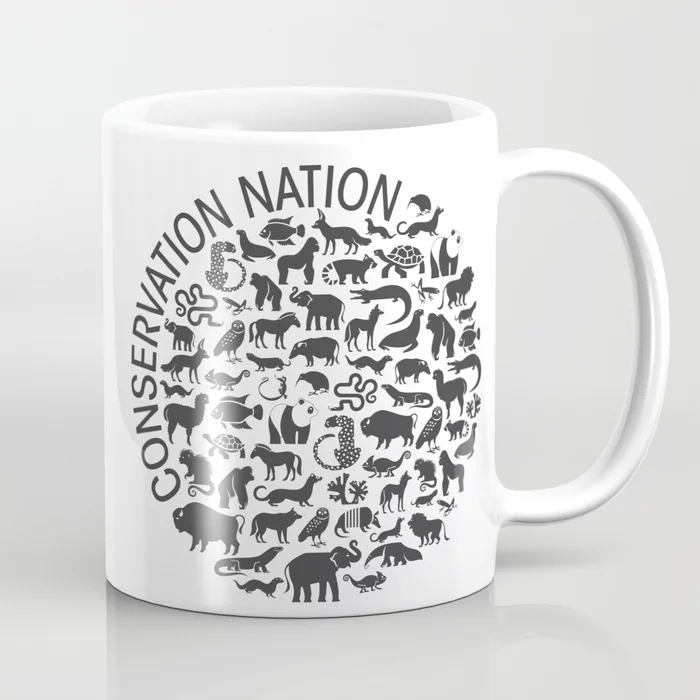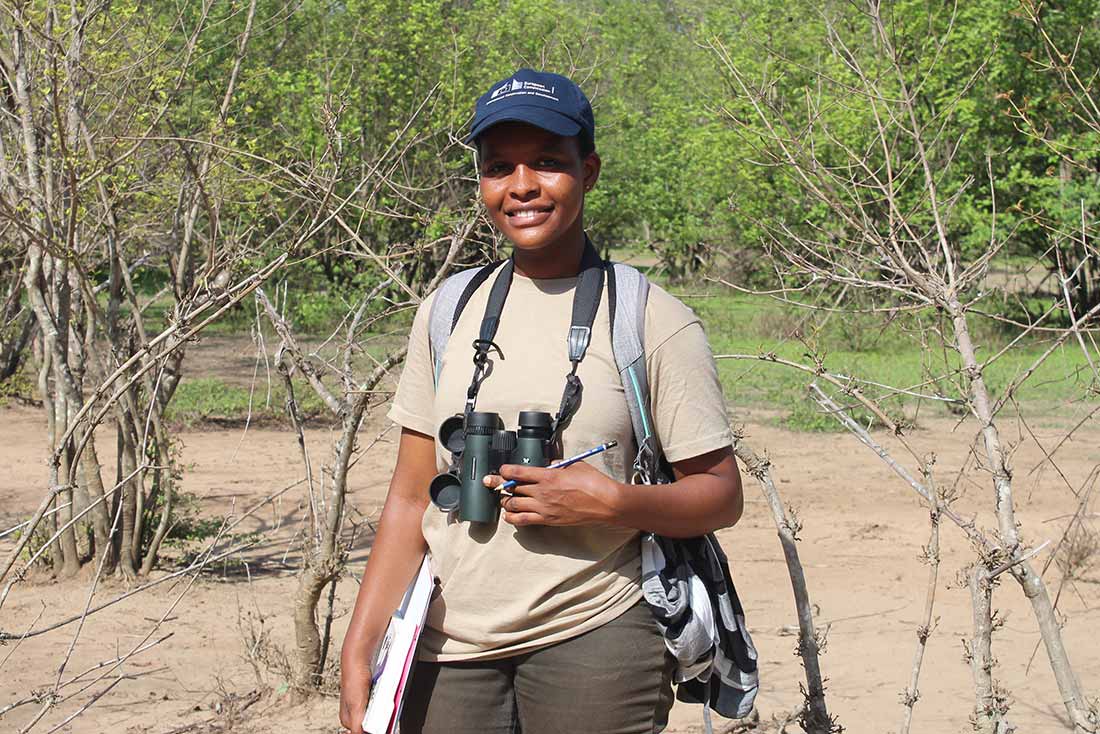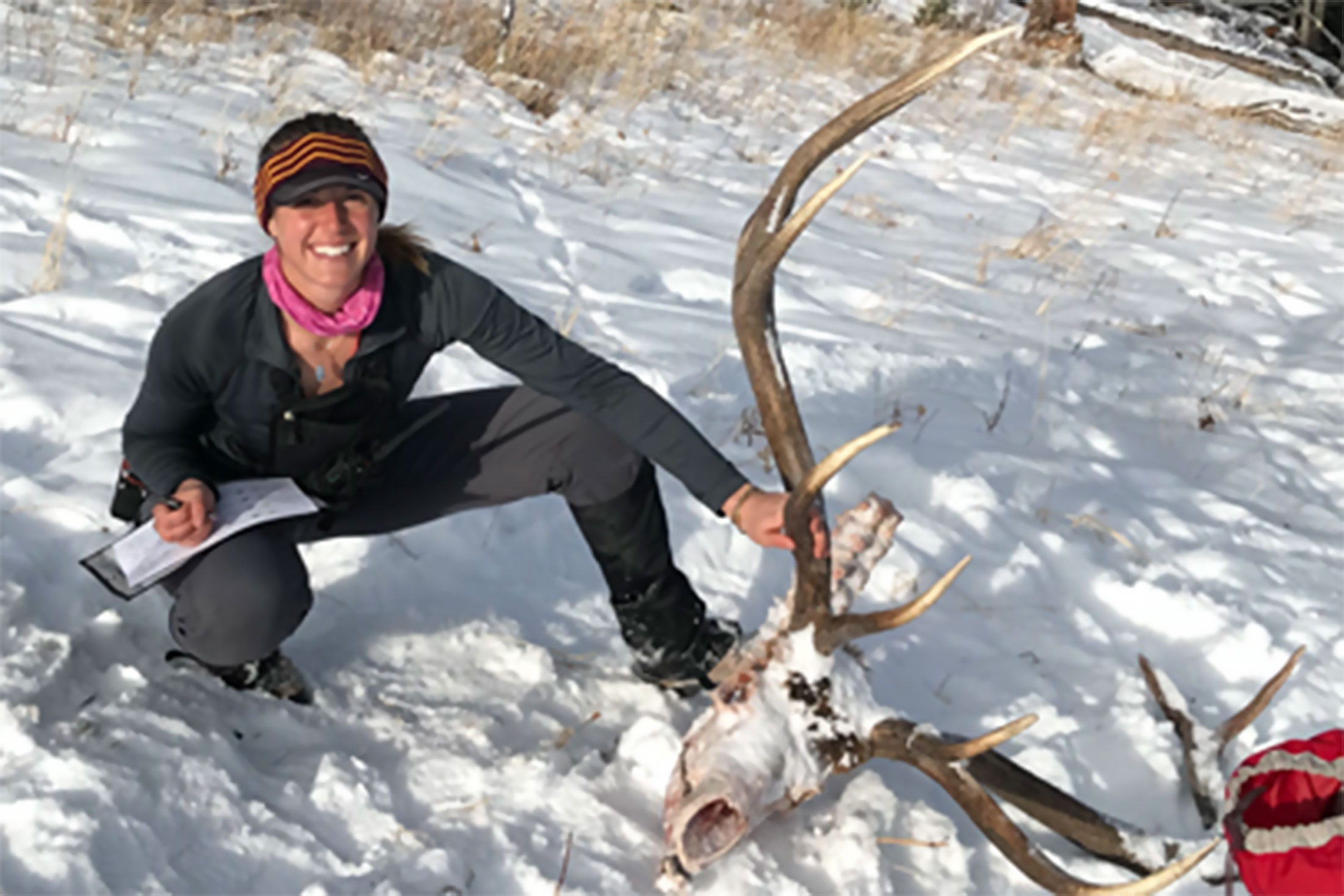3D digitization of Yellowstone wolf (Canis lupus) skulls for education, research, and outreach
M.K. Jackson*, J.S. Keller, D.W. Smith
Yellowstone Wolf Project, Yellowstone National Park, WY USA (MKJ, DWS)
University of New Mexico, Albuquerque, NM USA (JSK)
Museums around the world are using the rapid advancement of digital technology to share their cultural and scientific collections with a broader audience on a digital landscape. Recent innovations in imaging software and virtual platforms have made it possible for museums to create high-resolution 3D models that can be 3D-printed as tangible educational aids, made accessible to researchers worldwide via online repositories, and used to create accessible, inclusive virtual museum experiences. In Yellowstone National Park (YNP), the Heritage and Research Center (HRC) is home to one of the best-studied collections of wolf (Canis lupus) skulls in the world. Long-term research conducted by the Yellowstone Wolf Project has produced an extensive volume of ecological metadata associated with each skull specimen. Here, we apply photogrammetry to efficiently and inexpensively digitize the wolf skull collection (n>225) using a high-resolution (51 MP) DSLR camera, Foldio360 lightbox, Bluetooth turntable, and Agisoft Metashape software. Each cranium and mandible is positioned vertically on the turntable with laboratory metalware support within the lightbox, and a camera’s intervalometer takes 25 photos as each specimen rotates at three different heights. Thus, primary data acquisition takes less than 10 minutes per element and generates about 1.3 GB of photos for each complete skull. Photos are processed into high-resolution textured meshes in Agisoft Metashape (mostly automated processing ~1h/specimen). Resulting models are 3D printable, and initial 3D prints have already proved successful by Yellowstone Wolf Project staff as durable teaching aids in the field. Once more skulls have been digitized, models of specific wolves with unique life stories may be printed for use as education tools for Park visitors. All data from this project will be uploaded to MorphoSource, an online repository for 3D cultural heritage and biological specimen data. Once uploaded, individuals and organizations will be able to download these data and their derivatives for education, outreach, and collaborative research. For our project, we will use landmark-based geometric morphometrics to answer questions about how skull shape varies as a function of age, sex, social status, disease, mortality type, and relative prey availability — products of the Yellowstone Wolf Project’s monitoring of this population. We will also examine spatial and temporal variation in skull shape by comparing Yellowstone wolf skulls with other populations and through time within the Yellowstone population. These models will be used to create the first virtual 3D gallery made available to the public online by the HRC. With the absence of a physical gallery in the HRC, this new medium will increase accessibility and public engagement with natural history and cultural artifacts of Yellowstone National Park.













